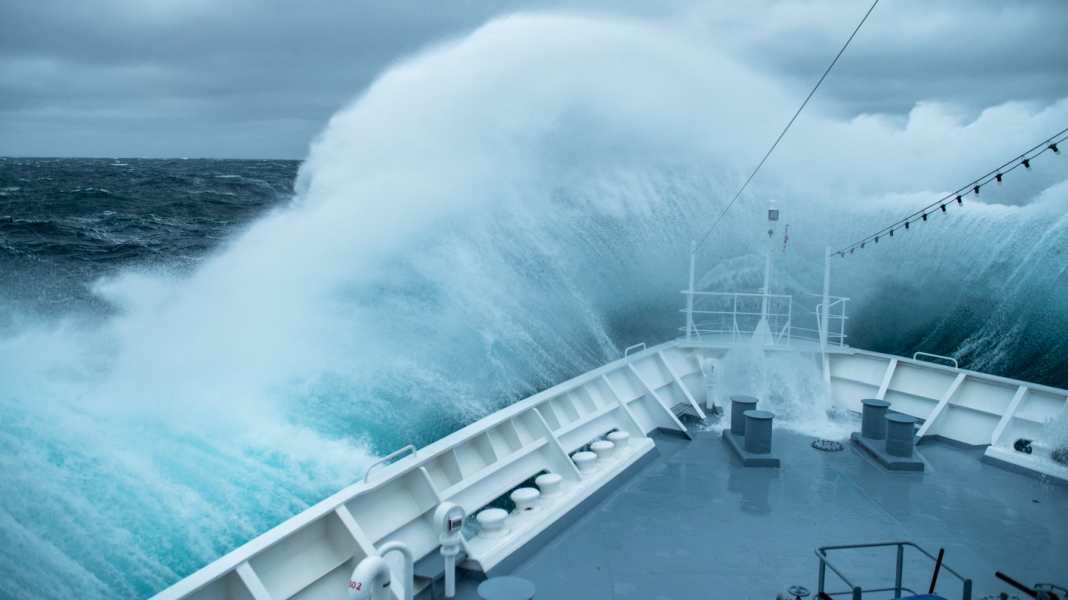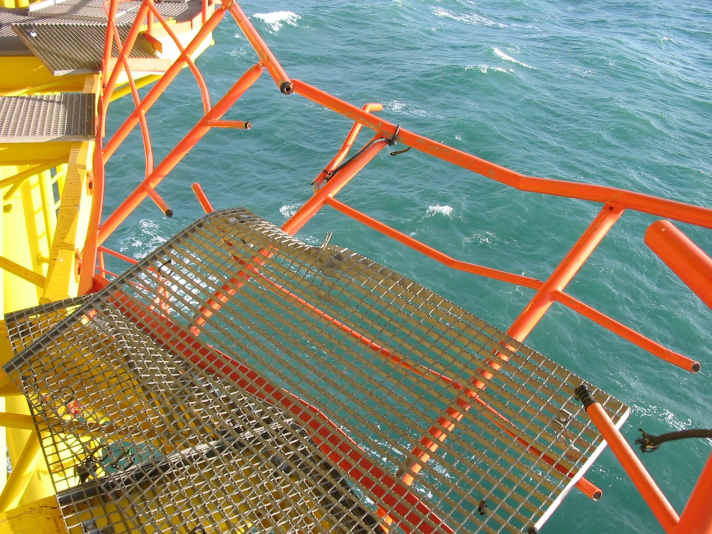
Monster waves, known in English as rogue waves or freak waves, reach twice the height of the average waves in a swell, which can lead to enormous heights, especially in heavy storms. It is not just the surprising appearance of the monster wave in an already extreme situation, but the steep front from which the danger emanates.
Monster waves sink two ships a week
It is estimated that the phenomenon is responsible for the total loss of two ships a week worldwide. A well-known example with a German connection is the disappearance of the container freighter "München" in 1978 during a storm in the North Atlantic. The 28 crew members of the 261-metre-long ship have been presumed missing ever since. Damage to an empty lifeboat that was found indicated that monster waves with a height of up to 35 metres had hit the "München" and caused it to list so much that it later sank.
But even in the North Sea, unusual weather conditions repeatedly create conditions that lead to the formation of dangerous monster waves. One such case was documented in 2013 during hurricane Xaver just 25 nautical miles north of Borkum: At the time, a wave hit the intermediate deck of the offshore research platform "Fino", which was no less than 15 metres high, with such force that it even bent metal and destroyed measuring equipment worth 120,000 euros.
Tidal currents play a role
In order to better assess the risk to ships and offshore installations such as wind farms and to develop effective forecasting methods, the Federal Maritime and Hydrographic Agency (BSH) and the Helmholtz Centre Hereon The company has now carried out a special project as part of a broad-based research programme - and the Freak Waves II study has delivered some surprising findings.
The investigations showed that extreme monster waves occur more frequently in the observed sea area than assumed in theory. Strong tidal currents during a storm period can also increase both the frequency and height of the waves. "However, this not only occurred in situations in which the wave ran against the current, but surprisingly also when the wave ran in the same direction as the current," says Ina Teutsch, a scientist at the Helmholtz Centre Hereon.

Most monster waves off Norderney
A total of six measuring buoys were used for the study, mainly from the BSH measuring network in the German Bight. The frequency of extreme waves differs from buoy to buoy. "At the SEE buoy in the shallow waters off Norderney, around one in every 5800 waves was an extreme wave during the study period, which means that the most extreme waves occurred here in comparison," says Teutsch.
One possible explanation for this could be that in regions with rapidly changing water depths, such as off Norderney, so-called solitons - wave crests that can remain stable for a long time - are increasingly forming. According to the researchers, they could be linked to the formation of monster waves.
AI to help with forecasting
Two different approaches to machine learning, a branch of artificial intelligence, were used to try and predict the probability of a monster wave in the next ten minutes. Both models have already shown promising results. "For operational applicability, however, we still need more data and possibly an extension of the method to the surface," explains Salika Thilakarathne, scientist in the Freak Wave II project. The University of Copenhagen is also already working on for some time with a similar goal.
